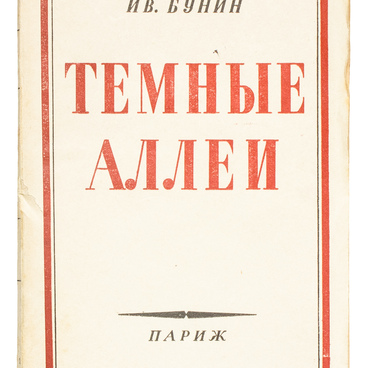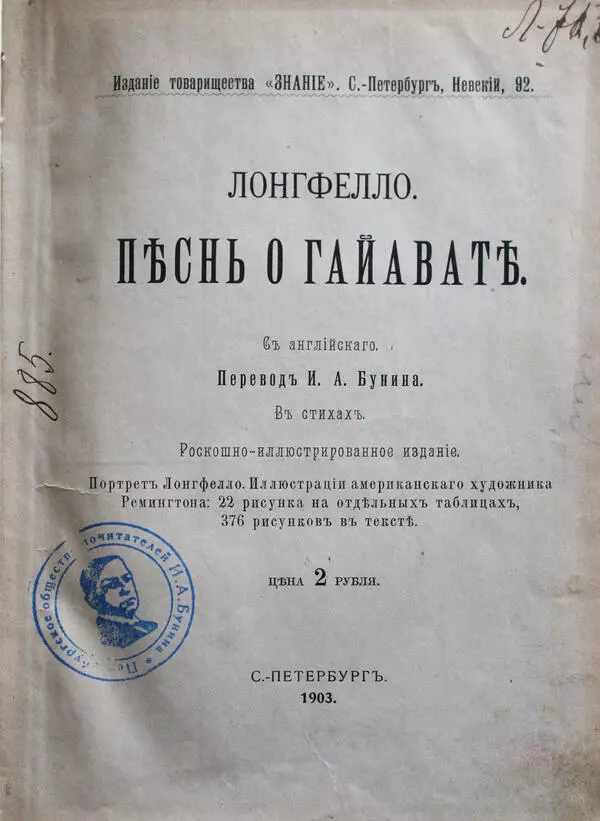Different Native American tribes called this man by different names, but they all deemed him to be a prophet and a teacher. One of the names was Hiawatha. Longfellow said that he had combined elements of other interesting Indian legends in this work.
Ivan Bunin translated ‘The Song of Hiawatha’ into Russian. Following Longfellow, he sought to convey in the text the very spirit of the ancient epic. For the first time, Bunin’s translation was published in 1896 in the newspaper “Orlovsky Vestnik”. The full text of the “Song” was published in 25 issues of the newspaper from May 2nd to September 24th. Almost all chapters of the poem (the last one was the exception) were printed on the first page.
A new Bunin translation of “The Song of Hiawatha” was published in January 1898 in St. Petersburg in the children’s illustrated magazine ‘Shoots’. The Ministry of Education recommended it for school programs and free public libraries.
In 1899, a new translation of ‘The Song of Hiawatha’ with illustrations by artist Remington was published in Moscow by the publishing house ‘Knizhnoye Delo’. This version was different from the previous ones. Bunin rarely left the Orel translation intact, much more frequently he deviated from it. Four years later, the final version — ‘Hiawatha’ — was published by Gorky’s publishing house “Znanie” (Knowledge). Critics recognized this translation as “highly poetic”.
In 1901, Bunin again returned to the works of Longfellow. He translated the poem “A Psalm of Life”. While in his translation of the “Song” Bunin tried to preserve the mood of the original, in the “Psalm” he added a lot of his own personal experiences and feelings. Such deviation is quite acceptable: poetry always implies an emotional reaction of the author, whereas the epic, on the contrary, seems to push one’s subjective assessment to the background. In the foreground, one can hear the voice of the entire people, who over the centuries created their own legends and stories.


